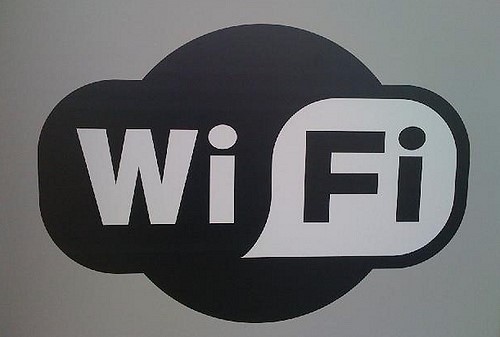In the World of Wi-Fi - are Cabling and Traditional Network Equipment Dead?

In the past Wi-Fi connections were typically slower than wired connections at approximately 11 Mbps, which is one of the reasons why businesses were slow to adopt them in the work place.
Today wireless speeds are much faster and are continuing to improve with the help of new, updated wireless protocols. So what does this mean for cabling and other traditional network equipment? Is it no longer relevant in a world full of wireless technology? Let’s take a closer look.
Is cabling old fashioned?
As Wi-Fi has become increasingly popular both in the home and workplace, many people now see Ethernet cables and wired connections as being rather old-fashioned. The same could be said for many technology innovators, with some no longer designing their devices with Ethernet connection ports.
Whilst the super connection speeds offered by Wi-Fi today do make wired networks seem a little outdated, it is important that users understand that wireless technology still isn’t perfect. For every benefit, there is a balancing disadvantage, meaning that there still could be a place for wired connections and traditional network equipment both in the office and the home.
Reliability
One of Wi-Fi’s main downfalls is the fact it does not always offer a reliable connection to the internet. Just like radio stations, Wi-Fi signals can be affected by interference. This means that if another device is using the same frequency or channel as your Wi-Fi router, the performance of both connections will be reduced. One solution may be to change the router’s wireless settings, though improvements can’t always be guaranteed and it is easy to make things worse if you’re not sure what you’re doing.
It’s also important to remember that Wi-Fi has a limited range. The radio waves cannot go through some objects and can only provide coverage within a certain distance. This means that if you have thick walls or heavy plumbing or even large objects in your home or workplace they could affect your Wi-Fi connection performance.
None of these limitations affect Ethernet or ‘cabled’ connections. This is one of the reasons why there is still a place for traditional network equipment in lots of homes and businesses.
Security
One of the key advantages of having a wired infrastructure is that it provides businesses with greater degree of control. If a physical connection is required in order to access the corporate network, businesses have more control over who can access it and what information can be sent to it. This means that businesses can move readily, keep out unauthorised visitors and prevent their network from being overloaded with non-business traffic.
Maintenance
Many businesses face the tough dilemma of choosing cheaper deployment (offered by wired infrastructures) and neater deployment (offered by Wi-Fi). Having wires running all over the office can be both costly and awkward to maintain. If a physical connection is damaged, it will have to be manually fixed or replaced, which can end up being relatively expensive.
Another issue businesses face is if they hire new employees. Every new employee will require his or her own Ethernet connection, which can end up being quite a hassle.
Wireless networks are far neater and they also give employees the chance to connect their own devices to the system (e.g. tablets and smartphones). For many businesses, that in itself could be seen as a potential issue, taking us back to the fact that Ethernet connections are far more secure.
This isn’t to say that Wi-Fi connections cannot be made more secure. Using security software on mobile devices and ensuring connections are encrypted can go a long way in improving the security of a wireless infrastructure.
Conclusion
As you can see, there are pros and cons to having either a wireless or a cabled infrastructure, which is why many businesses are adopting a hybrid approach in the work place. For now, a combination of wired and wireless connections seems to be the way forward for businesses as it allows them to satisfy security requirements, whilst also facilitating the flexibility required for a mobile workforce. Basically it gives businesses the best of both worlds.
During a Grant McGregor IT Systems Audit we could advise the optimal solution for you. If you’d like to talk about your options surrounding Wi-Fi, wireless and what would be the best infrastructure for your company give us a call today on 0131 603 7910.




